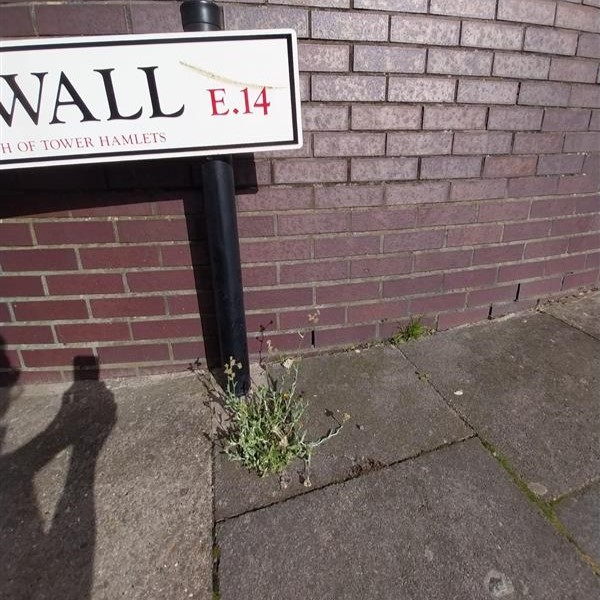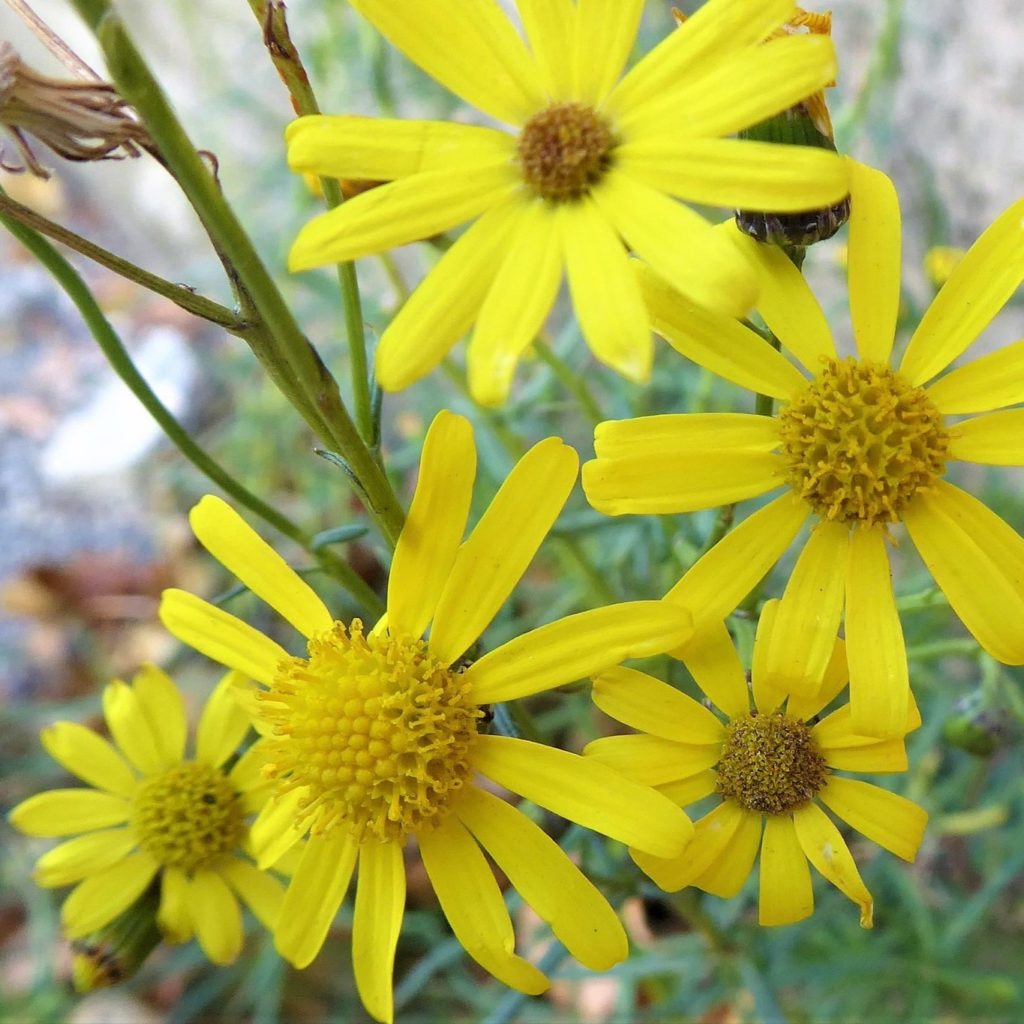- Town or countryside?
I’d instinctively say countryside, but I seem to have spent most of my adult life working in big cities, so I have come to appreciate those too.
- Summer or winter?
Spring. I lived abroad for many years and what I missed most about being out of the country was that time in April/May when the new bright green leaves are starting to appear on the trees and the bluebell woods are at their most glorious. You don’t get that in the tropics.
- Early bird or night owl?
Night owl. I have never been able to function well in the mornings. Fortunately, my main area of personal study, bees and wasps, are best recorded on warm sunny days, so don’t require dawn starts!
- Outdoor or indoors?
Outdoors.
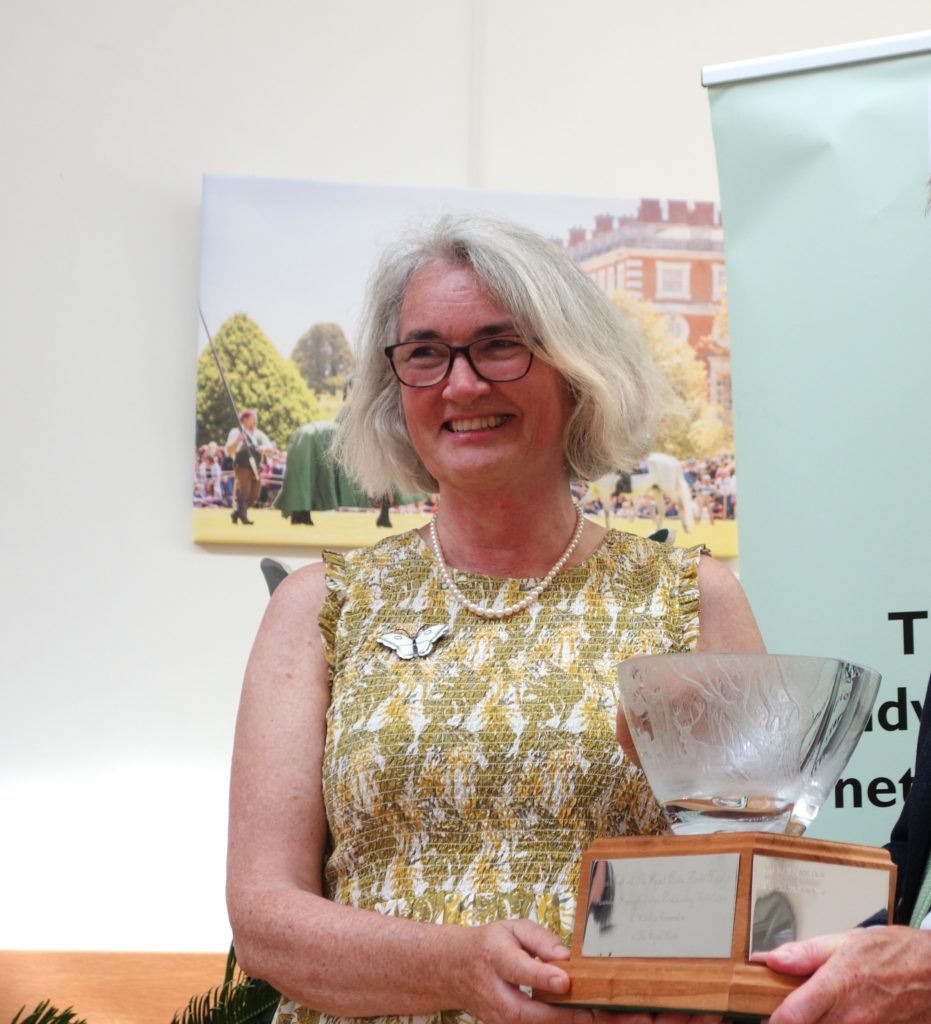
- Plants or animals?
Both. One can’t function without the other. I’d describe myself foremost as an entomologist, but I love botany as well.
- What species is closest to your heart and why?
That’s a tricky one. I hate being asked to choose favourites, as I will get enthusiastic about the latest amazing creature or plant I find out about or look at down the microscope, so I love and appreciate pretty much all of them. I generally go for insects, though, and I narrowed that down to aculeate Hymenoptera (bees, wasps and ants) when I was working for Buglife on Canvey Wick and had to choose a ‘difficult invertebrate group’ to study for my Master’s degree. At that time, there were no recently published freely accessible identification keys for bees, so I took that as a challenge, especially as the habitats along the East Thames corridor are so great for bees and wasps, particularly the brownfield sites. So, probably something like the Shrill Carder bee Bombus sylvarum. Or a European hornet Vespa crabro, because they’re widely misunderstood by the general public and really are magnificent creatures. I’m also not immune to going totally soppy over the cute hedgehogs we find when carrying out nocturnal surveys in Regent’s Park, but people do laugh at me for enthusing about the hedgehog fleas Archaeopsylla erinacei as well, with their flattened bodies and long legs that allow them to move about freely between the hedgehog’s spines. Far too difficult to choose just one species!
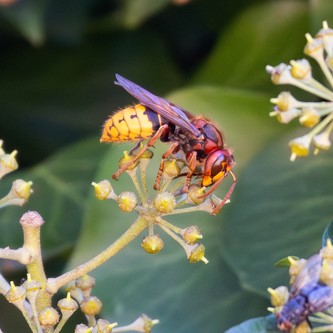
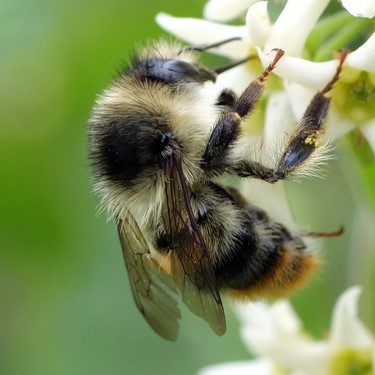
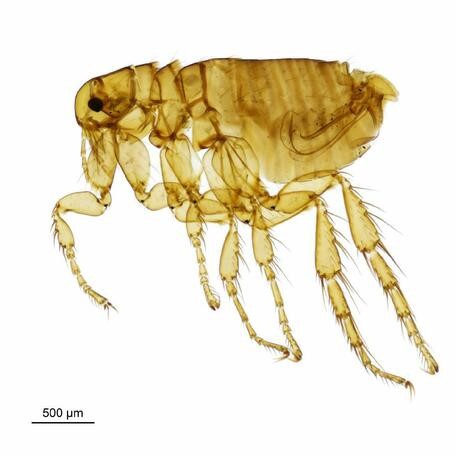
- What is your favourite Greater London open space and why?
Again – no favourite! As GiGL’s Royal Parks Officer, my work is centred around the 8 Royal Parks, all of which are special places, each with a quite different character. Richmond and Bushy have a much less urban feel and, as Sites of Special Scientific Interest (SSSIs), have amazingly long species lists from Red deer to delicate acid grassland flowers, decades-old anthills, skylarks and rare insects that are dependent on the dead and decaying wood and veteran trees in the parks. The central London parks all have elements of this as well, as new species are constantly being found by expert recorders and surveyors, so there’s always something to look out for and enjoy. I remember seeing a hornet flying past on my very first day at work in Kensington Gardens and knowing this was going to be a great place to work.
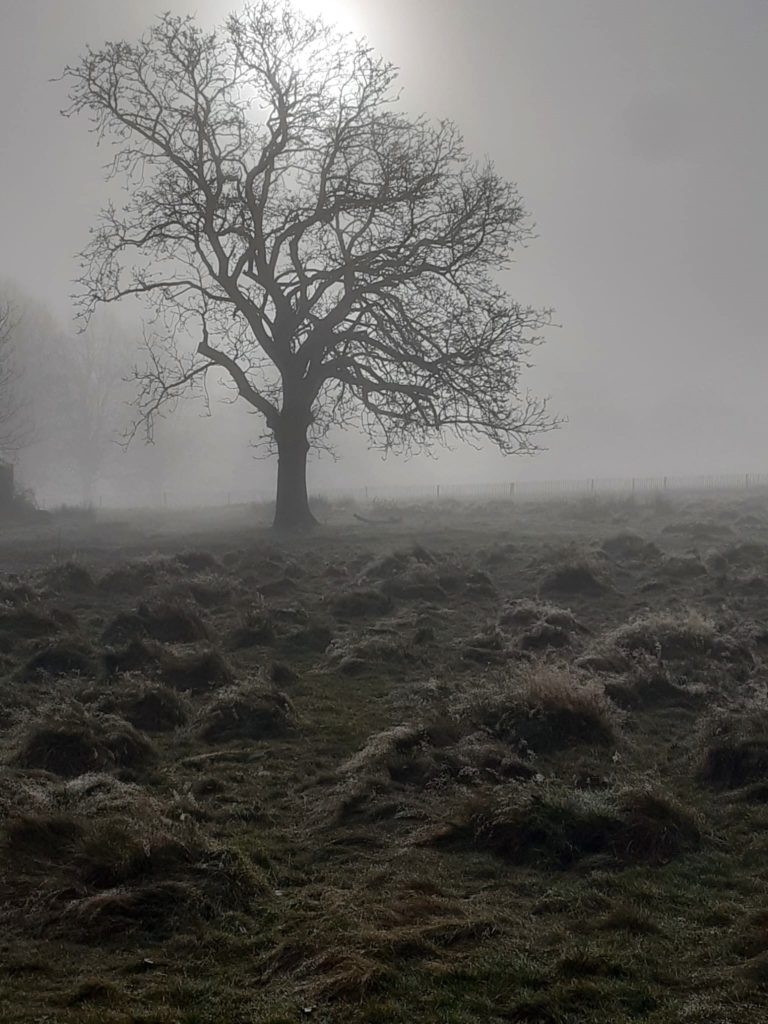
- What has been your most formative experience working with the natural environment? And what did you learn then that you keep with you today?
I’ve been interested in wildlife all my life, from a very early age. My mother and a couple of my primary school teachers were keen botanists, so even as a child, I was looking closely at the small plants I’d pass on my daily walk to school, becoming fascinated by species like Shepherd’s Purse and Spring Beauty and wanting to learn more about them. I loved insects too – frequently catching bumblebees to release into my bedroom as I thought they were so adorable! I just longed to be another Gerald Durrell with a house full of exciting creatures to look after and study, but the rest of my family and my teachers weren’t so keen on that idea; despite giving me books on how to do things like encourage carrion beetles to strip the flesh off dead birds, they somehow didn’t want that happening on their doorstep!
I was rather discouraged from this passion at secondary school and had a first career in language teaching, working in various countries including Indonesia, Ukraine and Hong Kong, before making the decision to go back to university as a mature student and do a second degree in Wildlife Conservation at the University of East London. I had spent a lot of my holidays in Asia visiting rainforests, looking at beetles and other insects, so an entomology module on offer was a major factor in choosing this course, which was incredibly practically based, providing intensive botanical identification and survey skills from day one, with zoology, geology, soil science and GIS all covered – I was in my element!
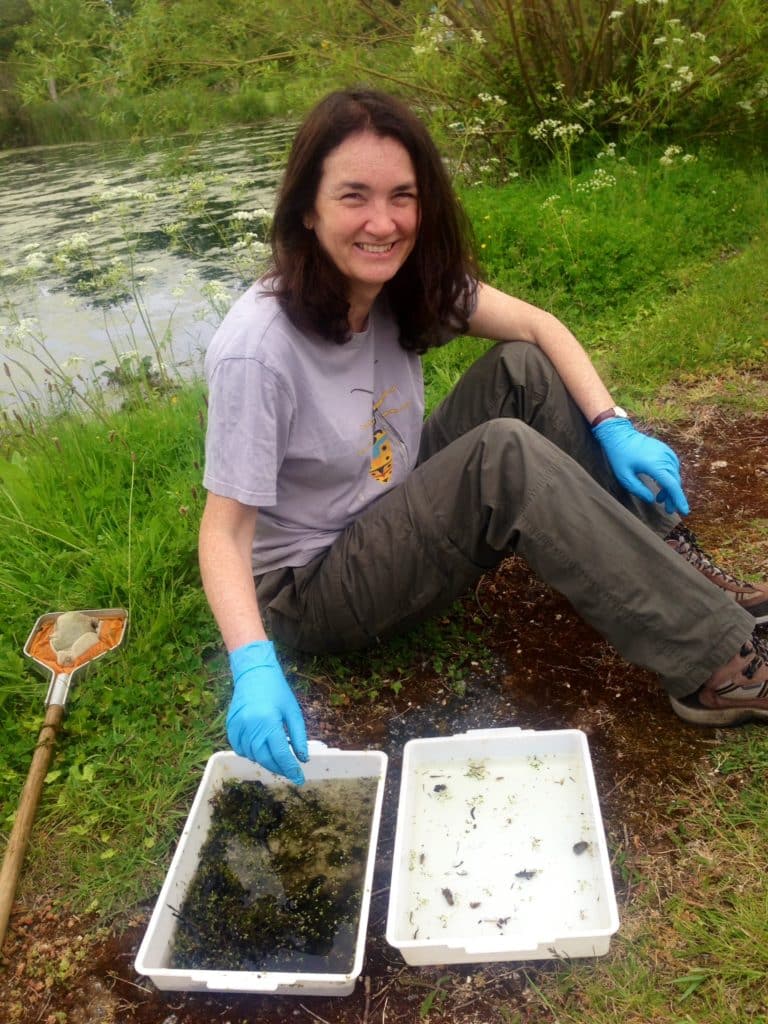
My first full-time job in this field after graduating was with Buglife, first working on a project to summarise large volumes of habitat management information for the website and produce factsheets for farmers, then as a community engagement officer at Canvey Wick in the Thames Gateway, the first brownfield site to be designated as an SSSI for its high invertebrate interest. I went into primary schools to give assemblies and lead bug hunts in their grounds and took parties of children and adults onto the SSSI site to teach them about the plants and animals that thrived there and why the site was so special. I think my favourite part was seeing the teachers’ faces as children who they had previously thought of as quiet or difficult lit up and participated enthusiastically in the activities.
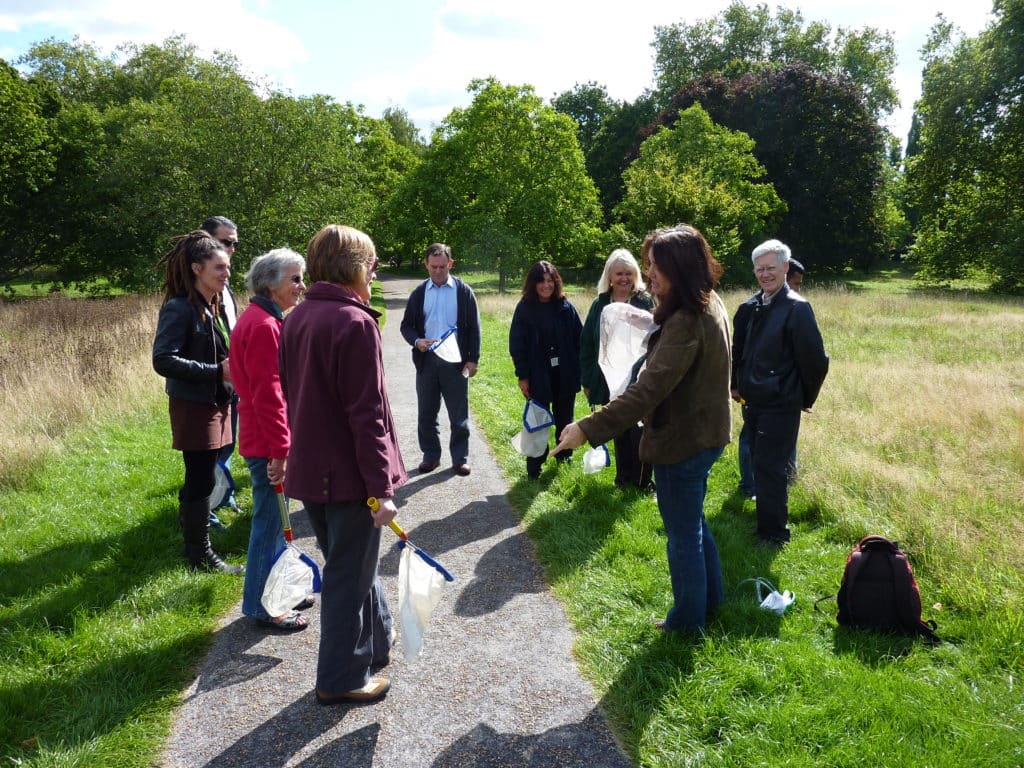
- How long have you worked for GiGL and how has your role changed in that time?
I’ve been in this role for 16 and a half years now. It was originally only supposed to be a temporary 6 month contract, but I enjoyed the cross-over of working both for GiGL and within The Royal Parks, so just stayed. At The Royal Parks, I work within the Ecology/Biodiversity team. To begin with, there were only 3 of us who covered all ecological aspects across the parks, but now there are more people working on the Mission Invertebrate, then the Help Nature Thrive projects, funded by People’s Postcode Lottery, and a much expanded team managing large numbers of enthusiastic volunteers, who take part in targeted surveys as well as practical conservation projects. I manage all the species data from all volunteer, staff and professional ecological surveys and do a lot of GIS mapping, but also have the opportunity to go out into the parks to help with surveys, habitat management and other hands-on activities. I enjoy working with many of the volunteers as well, such as the Richmond Park Flora Group or the butterfly and bird surveyors.
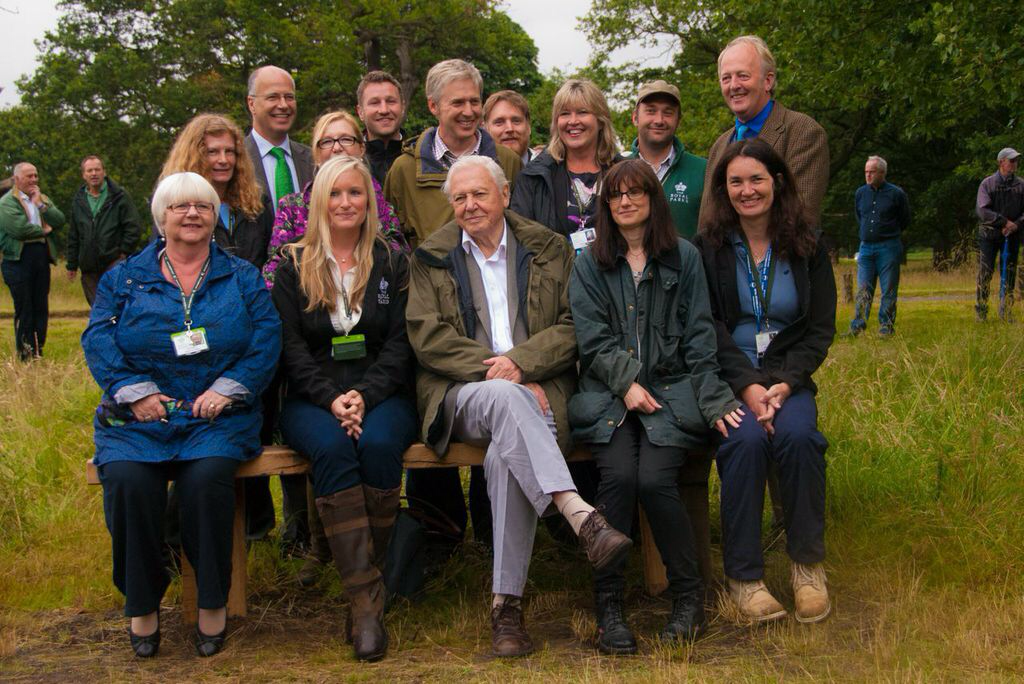
- What is your most enjoyable GiGL task and why?
I like variety, and that’s exactly what I get in my role: working with great colleagues in two organisations: volunteers, professional ecologists, park managers, data and GIS experts. I work with data across all taxonomic groups, digitise bird territory maps, create maps to inform grass mowing regimes and bracken control, supervise groups of keen volunteers during nocturnal hedgehog surveys, and attend pollinator advisory steering group meetings at Defra, among other things. I have even been interviewed on television about the reproductive organs of a gnat – a new species to science discovered in Bushy Park in 2010 by Fungus gnat expert Peter Chandler, who named it after the park (Grzegorzekia bushyae).
- What are the greatest differences in the challenges now facing London’s biodiversity, compared with when you joined GiGL? How can GiGL help?
Balancing the needs of both people and wildlife is a major issue in a capital city like London. The Royal Parks have millions of visitors a year but also need to conserve and enhance the precious habitats and species that are found within the sites they manage, such as acid grassland, ancient and veteran trees, ground nesting birds, stag beetles, and many more. Climate change, invasive species and new tree diseases brought in by various means are a big challenge, and GiGL plays a central role in helping people record and monitor the trends and changes in both habitats and species distributions and population trends.
- London has a lot to offer someone looking to learn more about wildlife and open spaces. What one thing would you advise people to explore?
Their own backyard! It’s amazing what you can find to marvel at if you just look. For example, in my local patch in East London, one of the commonest pavement ’weeds’ is Jersey Cudweed Laphangium luteoalbum, which is officially legally protected from intentional picking, uprooting or destruction. It is a Schedule 8 plant under the Wildlife and Countryside Act 1981 because of its previous rarity and restricted range in the Norfolk Brecks and dune slacks in Kent and Dorset, but has spread rapidly in more recent years. Another now common plant at roadsides around me is Narrow-leaved Ragwort Senecio inaequidens, which 20 years ago was much less widespread. Invertebrates are good to record in this respect, too; about 14 years ago, I recorded Black mining bees Andrena pilipes nesting in a very ordinary patch of grass in communal gardens only a few hundred metres from my house, showing that, although considered a predominantly coastal species, it was moving further inland.
